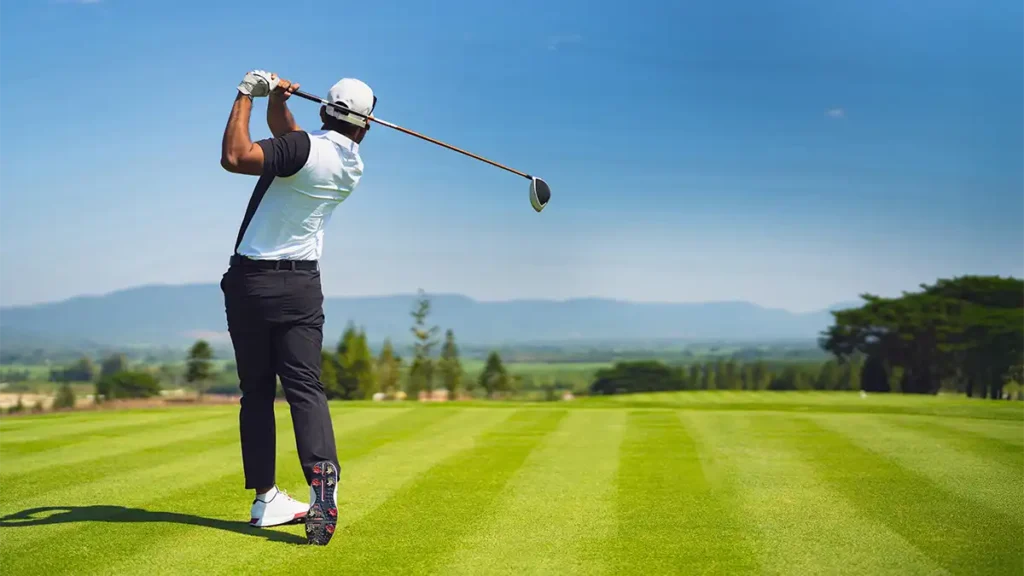Welcome to MythBusters, a Golf Digest+ series where we explore answers to some of golf’s most common questions through a series of tests with golfers and robots. Sometimes definitive, other times less so, our findings aim to shed new light on topics that have consumed golfers for years.
If you frequent a public driving range or an indoor simulator, you’ve likely hit off thick rubber tees. Contact often feels different—a heavier feel with a sense of resistance when compared to a normal wooden tee. That can lead many golfers to wonder whether those practice tees are affecting distance or accruacy.
In other words, is the ball flying differently when you practice, not because you’re swinging differently but simply because of the tee that you’re forced to use? If it is true that drives hit off rubber tees fly differently, then our practice sessions could be leaving us with a warped sense of our driving. And in that case, perhaps that difference is another reason why many golfers struggle to bring their range games to the course.
To add some clarity to our practice, we tested the performance of rubber vs. wooden tees.
MORE: How we use a robot golfer to better understand the human golfer
Our test
To determine whether rubber driving range tees affect distance or accuracy, we hit a series of shots off different tees with the Golf Laboratories swing robot—the same robot used in testing by equipment manufacturers as well as the USGA and R&A.
With the help of Golf Labs founder Gene Parente, we hit each drive with a 95 mile-per-hour swing speed with a 10.5-degree driver, simulating a typical setup for an average golfer. Every shot hit was stuck in the center of the clubface and had a neutral clubface and club path, meaning the robot was set up to hit a straight drive.
Since a tee’s effect on ball flight may change given a golfer’s angle of attack—how far down or up the clubhead is traveling as it approaches the ball—we tested three different angles of attack:
1. Perfectly level (0.0 AOA) 2. Slightly up (+2.0 AOA) 3. Slightly down (-2.0 AOA)
For each AOA, we hit six shots each with a rubber driving-range tee and a typical wooden tee. All tee heights were the same.
MORE: Does a higher tee really produce more distance? What our test reveals
Ball-flight data was captured using Foresight Sports’ QuadMAX launch monitor. For the purposes of this test, we’re focusing on three variables: ball speed, carry distance and dispersion range (the distance between the farthest right and left shots).
What we found
First, let’s look at the results when the robot had a perfectly level AOA. As you can see from the table below, the numbers between the rubber and wooden tees are very similar. In fact, we found no statistical difference in ball speed, carry distance or dispersion. The average drives with both tees carried within one yard of each other.
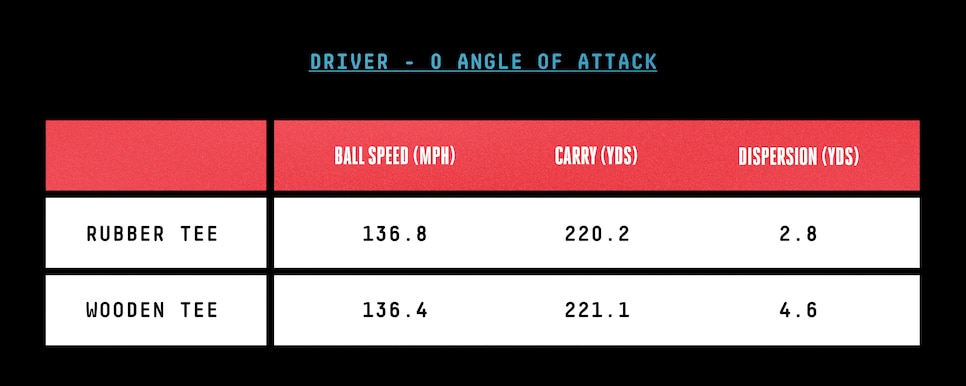
Does hitting more up on the driver change things? Again, we found no statistical difference between the two tees. In fact, the average ball speed numbers were exactly the same.

OK, but what about many golfers who tend to hit down with their drivers? Does the rubber tee have more of an effect? As you can see, no. Ball speed, carry and dispersion were all very similar with no statistical difference between the two tees.
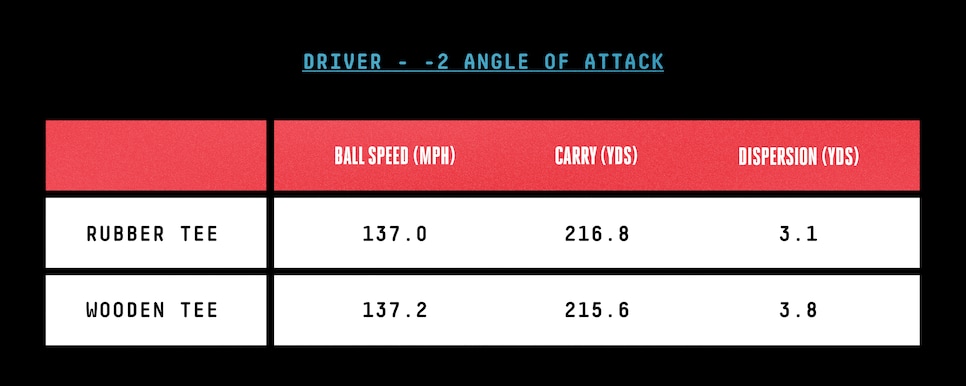 What this means
What this means
With other tests we’ve done in our MythBusters series, the data point to fairly nuanced results. Not so here. Quite simply, our robot test demonstrates that no matter how strange those thick rubber tees feel, they are likely not costing you any distance or causing your drives to travel more offline. More testing would be needed, but our results seem to suggest that the material of a tee is less important than tee height, which we previously found to have a substantial impact on distance and accuracy.
What this doesn’t mean
A few caveats. For the purposes of this test, we only measured straight shots. We figured it was more important to vary the AOA between the test groups given we were most interested in how the clubface-ball-tee interaction affects the shot. However, we cannot say that our results would be the same if a shot was a draw or a fade, though this is probably unlikely given how little the results changed when we altered the AOA.
This test also controls for tee height, which as we just mentioned, can have a substantial impact on ball flight. You may find that balls struck off a really high rubber tee fly much differently than off a shorter wooden tee, for example. If so, that difference is not because of the tee’s material, our test demonstrates, but likely due to the difference in tee height.
Verdict
All else being equal, there is no significant difference in distance or dispersion between balls hit off a thick rubber tee versus a wooden tee. This should be encouraging to golfers who work on their games at the driving range because in order to become better drivers of the ball, practice sessions need to be accurate representations of what we face on the course. Should you be driving it differently on the range versus the course, don’t blame the tee material.
More Golf Digest MythBusters 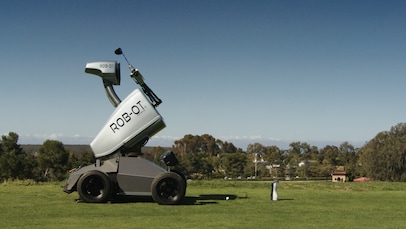 Golf Digest Logo Will you hit it farther by swinging faster or by swinging better? What our robot test reveals
Golf Digest Logo Will you hit it farther by swinging faster or by swinging better? What our robot test reveals 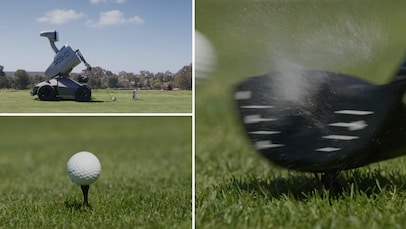 Golf Digest Logo Does a wet ball cost you distance off the tee? More than you think (and that’s not all)
Golf Digest Logo Does a wet ball cost you distance off the tee? More than you think (and that’s not all) 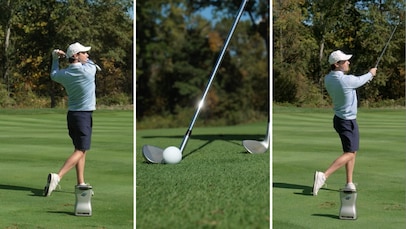 Golf Digest Logo Does taking more club actually help? What our test reveals
Golf Digest Logo Does taking more club actually help? What our test reveals
This article was originally published on golfdigest.com



